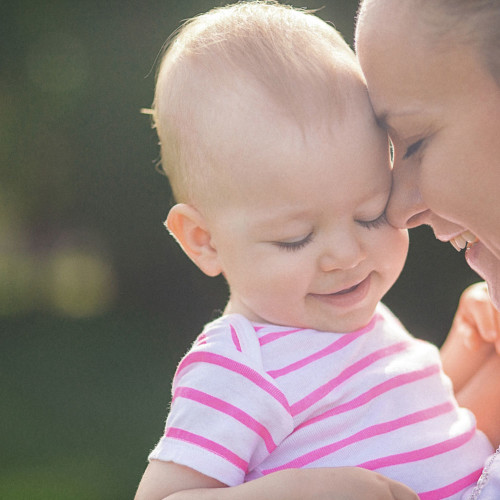On September 1, 2016, the U.S. Department of Health and Human Services announced new standards to strengthen and improve the Head Start program. The standards, which largely took effect last week (November 7), represent the first comprehensive revision of the Head Start Program Performance Standards since they were originally published in 1975.
Head Start promotes school readiness and the healthy cognitive, social, emotional and physical development of children (from birth to age 5) from low-income families through early learning, health and family services. Head Start provides services to more than a million children each year in every U.S. state and territory, in farmworker camps and in more than 155 tribal communities. Nationwide, Head Start programs have served more than 33 million children and their families since the program’s inception in 1965.
The new standards were eight years in the making, and we think there’s much to like about them. They reflect the latest research on brain science and early childhood development, they were driven by data on best practices, and they continue to affirm the importance of parent engagement and comprehensive services to support children and families. In short, they align closely with the Bainum Family Foundation’s definition of quality and our thinking around how to increase the availability of high-quality early learning seats in the District of Columbia as a critical element of helping children reach their full potential. To us, quality means:
- Rigorous cognitive learning
- Social, emotional and physical growth
- Highly trained instructional staff and strong program leadership
- Quality physical early learning space
- Family engagement and support
This level of quality is necessary to achieve the outcomes we seek. We want every child in the District to get a great start in life, setting them on the path for success in school and beyond. The impact of Head Start and Early Head Start is well-documented. The programs are shown to have a significant positive impact on children’s cognitive, social-emotional and language development, as well as positive outcomes for parenting and parent participation in job training, education and employment. We’re excited about that kind of success, and we want to help create more of it.
If you are interested in a deeper dive into the new Head Start standards, visit the Head Start Early Childhood Learning and Knowledge Center (ECLKC). The National Head Start Association is also offering trainings/webinars and other resources. And we have assembled an array of useful resources below to help you understand the intention and implementation of the new standards, which represent an important step toward improving the odds for our most vulnerable children and families.
- HHS announces new standards to further strengthen the quality of Head Start programs
- Head Start Program Performance Standards Final Rule: General Fact Sheet
- Questions and Answers (Q&A) on the Release of the New Head Start Program Performance Standards
- Five Big Changes in the New Head Start Performance Standards





